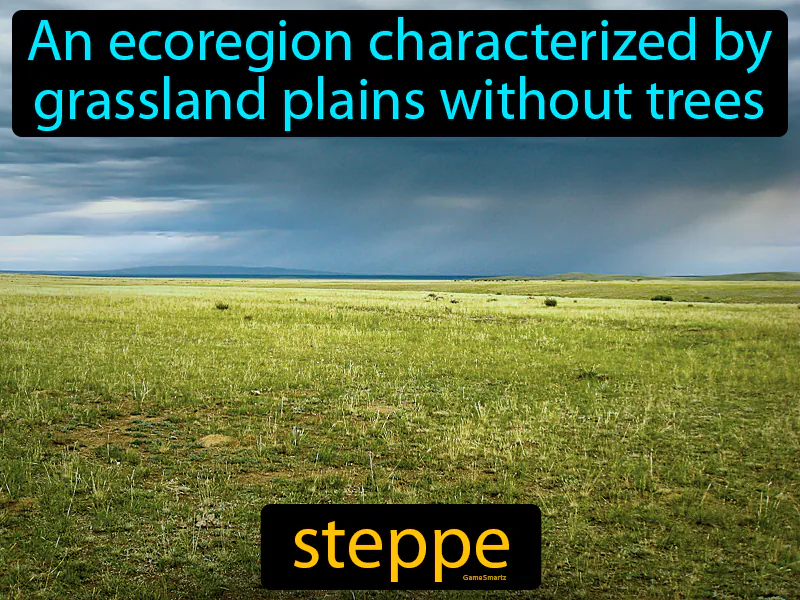Steppe
Steppe: Easy to understand
In the Foundations of Civilization from Prehistory to 300 BC, steppes were vast grasslands that played a critical role in the development of early human societies. These regions provided space for nomadic tribes to graze their animals, promoting trade and cultural exchanges between different groups. The steppe environment responded to the need for large, open areas where people could move freely and sustain livestock. Today, steppes still matter because they are significant agricultural zones that produce grains like wheat, which are staples in many diets worldwide. For example, the Eurasian Steppe is essential for global grain supply, affecting food security and prices that impact people's daily lives.

Practice Version

Steppe: An ecoregion characterized by grassland plains without trees. Steppe. Historically, steppes have been home to nomadic tribes and facilitated trade routes like the Silk Road.